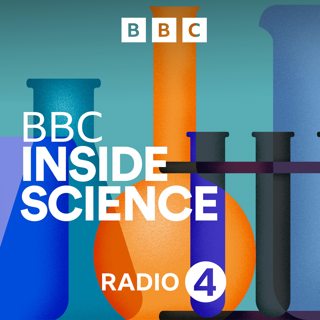
Genetic Map of the British Isles, Drones for Conservation, Lab Photosynthesis, Solar Eclipse
Om episode
The Romans, Vikings and Normans ruled Britain for many years, but few left their genetic calling cards behind in the DNA of today's mainland Caucasian population. That's one of the insights from the most comprehensive analysis yet of the genetic make-up of the UK's white British population. As the study's lead author Peter Donnelly explains it's produced some big surprises, not least how in contrast, the Anglo Saxons invasion was to account for up to 40% of the genetic mix in much of southern Britain. Much of Britain's current historical information is from a relatively small subset of people, but a genetic study like this sheds light on the history of the masses.The Royal Botanical Gardens Kew is currently at the forefront of trialling drone technology to map and locate remote vegetation The aim is to examine plant health and deforestation in detail, particularly in inaccessible areas around the globe. The team led by Justin Moat and Oliver Whaley have recently returned from Peru, where they've examined the fragile ecosystem threatened by mining in the Lomas region. BBC Inside Science's Sue Nelson was deployed to join the Kew team for a Drone test run.As our energy needs become greater, the impetus to tap the sun's energy directly becomes ever more urgent. A new paper published this month has cracked one of the barriers to efficient conversion of water into oxygen and hydrogen, which plants of course do naturally. Adam Rutherford speaks to Nathan Lewis at California's Institute of Technology who has developed an electrically conductive film that could enable devises to harness sunlight to split water into hydrogen. Chemist Andrea Sella assesses how close we are to achieving artificial photosynthesis and solar fuels.And ahead of tomorrow's solar eclipse, Adam speaks to solar scientist Dr Huw Morgan from the University of Aberystwyth, who together with his colleagues in Svalbard is going to use those precious seconds to answer one of the great enduring mysteries of the sun: why is the corona, the fiery crown around the orb, is a great deal hotter than the sun itself?Producer Adrian Washbourne.